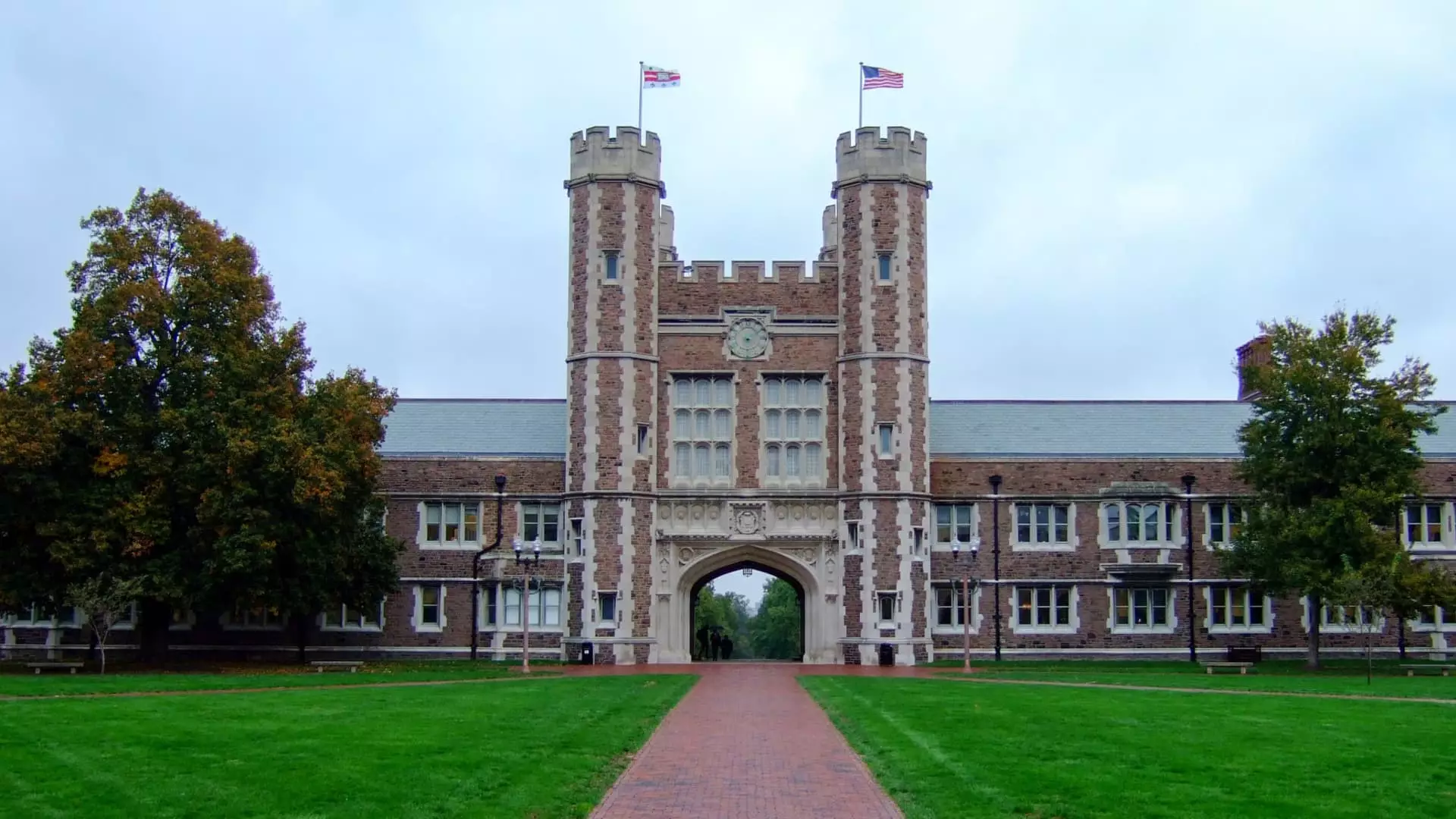The cost of attending college has soared in recent years, with some institutions now nearing the six-figure mark for yearly expenses. According to data from The Princeton Review, certain colleges have a sticker price of over $90,000 for the 2024-25 academic year, and this amount is expected to continue rising. Tuition adjustments averaging around 4% each year could push the total cost over $100,000 by 2026. This staggering price point can be a major deterrent for students, especially those from low- and moderate-income families.
Financial Aid Landscape
While the cost of college may seem prohibitively high, students and their families rarely pay the full amount out of pocket. On average, families spent $28,409 on education costs in the 2023-24 academic year, according to Sallie Mae’s report. Parental income and savings cover nearly half of college expenses, while scholarships and grants account for over a quarter of costs. Student loans make up the remainder. The U.S. Department of Education provides significant financial aid to help students pay for higher education, totaling around $120 billion annually.
Despite the availability of financial aid, students often face obstacles in accessing these funds. Completing the Free Application for Federal Student Aid (FAFSA) is essential for receiving federal money for college. However, issues with the new FAFSA have led to a decrease in submissions. As of August 9, FAFSA submissions were down by almost 10% nationally in 2024 compared to the previous year. This decline in financial aid applications could result in fewer students being able to afford higher education.
While the rising cost of college remains a top concern for families, private schools often have more resources available to provide financial assistance. Despite high sticker prices, many institutions are able to meet students’ and families’ demonstrated financial need. This factor indicates that there are opportunities for students to receive the necessary support to attend college, even in the face of escalating costs.
The increasing cost of college attendance presents significant challenges for students and families. While the sticker prices may be daunting, financial aid options are available to help offset these expenses. However, issues with accessing financial assistance, such as problems with the FAFSA, can hinder students’ ability to afford higher education. It is crucial for policymakers and educational institutions to address these barriers and ensure that all students have access to the resources they need to pursue a college education.

